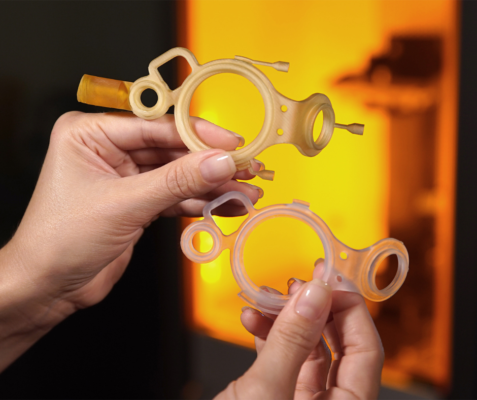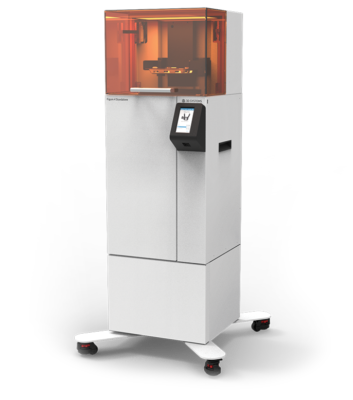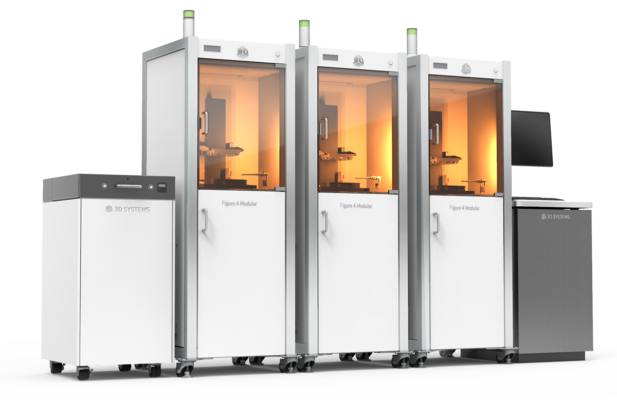Digital Light Processing (DLP) has carved out a significant niche in the 3D printing industry, offering remarkable precision and speed. Leading the charge in this arena is 3D Systems with their innovative Figure 4 technology. This breakthrough is redefining the capabilities of 3D printing, making it more efficient, scalable, and versatile than ever before. Let’s explore the transformative impact of Figure 4 technology on various industries and uncover how it is pushing the boundaries of what’s possible in 3D printing.
Understanding Digital Light Processing (DLP)
Digital Light Processing (DLP) is a 3D printing process that uses a digital projector screen to flash a single image of each layer across the entire platform. Notably so, this method is renowned for its speed and accuracy, making it ideal for applications requiring fine details and smooth finishes. DLP 3D printers are particularly popular in industries where precision and efficiency are paramount. Examples include industries such as healthcare, automotive, and consumer goods.

The Evolution of DLP with 3D Systems Figure 4
3D Systems Figure 4 technology brings unprecedented advancements to DLP technology. Named after the fourth figure in Chuck Hull’s 1986 patent for stereolithography, Figure 4 represents a significant leap in additive manufacturing.
Key Features of Figure 4 Technology
- Speed and Efficiency: 3D Systems Figure 4 is designed for rapid production, offering speeds up to 100mm per hour. Therefore, drastically reducing the time from design to finished product. This makes it an excellent choice for high-volume manufacturing and rapid prototyping.

- Scalability: One of the standout features of the technology is its modular architecture. This allows businesses to start with a single printer and scale up to a fully automated production line, all while maintaining consistent quality and performance.
- Material Versatility: 3D Systems provides a broad range of materials compatible with Figure 4, including rigid, elastomeric, and biocompatible options. Impressively so, this versatility opens up new possibilities across various industries, from dental and medical applications to aerospace and consumer goods.
- Accuracy and Detail: Figure 4 offers exceptional accuracy with a resolution as fine as 30 microns. This precision ensures that even the most intricate designs are faithfully reproduced, making it ideal for applications requiring high detail and complex geometries.
- Cost-Effectiveness: By streamlining the production process and reducing waste, this technology significantly lowers the overall cost of manufacturing. This makes high-quality 3D printing accessible to a broader range of businesses, from startups to large enterprises.
Real-World Applications of Figure 4 Technology
The versatility and efficiency of Figure 4 technology have led to its adoption in a variety of sectors. Here are some notable examples:
Healthcare
In the medical field, precision and biocompatibility are crucial. Figure 4 technology is used to produce custom dental aligners, surgical guides, and prosthetics, all tailored to the specific needs of patients. Notably so, the ability to quickly produce detailed and accurate models enhances patient outcomes and streamlines the workflow for healthcare professionals.
Automotive
The automotive industry benefits from the rapid prototyping capabilities of Figure 4. Engineers can quickly iterate on designs, testing and refining parts before committing to expensive tooling. Therefore, accelerating the development process and helping to bring innovative vehicles to market faster.
Consumer Goods
From fashion to electronics, Figure 4 technology enables the production of high-quality, customized products. Brands can experiment with new designs, create limited-edition items, and respond quickly to market trends. Remarkably so, they can do so all while maintaining a high standard of quality.
3D Systems’ Figure 4 technology is revolutionizing Digital Light Processing, offering unmatched speed, precision, and versatility. As industries continue to embrace the potential of additive manufacturing, Figure 4 stands at the forefront. Impressively so, this technology is driving innovation and transforming how companies design, prototype, and manufacture products. Whether in healthcare, automotive, or consumer goods, the impact of this technology is profound, setting new benchmarks for the future of 3D printing.
Visit adiatech.com/figure-4-technology for more information on this technology!
When you’re ready to take the next step, we’re here to guide you in the best direction for your unique application. From vetting equipment and materials to seamless installation and training, we’re here to simplify your integration of 3D printing. Contact us today to learn more about how we can help you integrate 3D printing into your business.


